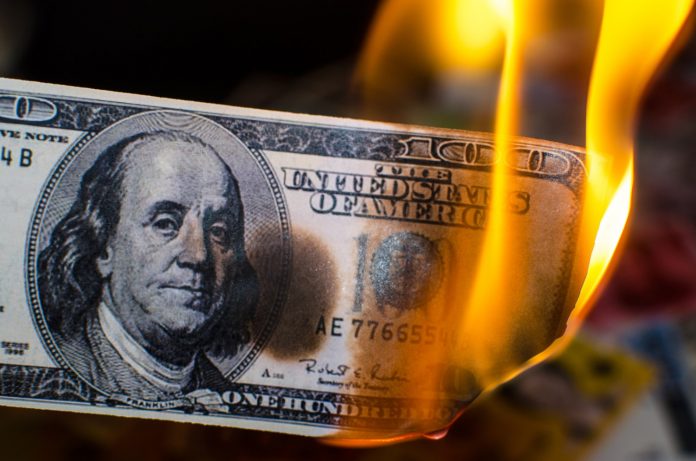Stocks traded flat this morning as bulls attempted to push shares prices higher once more. Following the release of the December Producer Price Index (PPI), however, much of the market’s enthusiasm from yesterday waned. Investors learned that producer prices climbed 9.7% year-over-year (YoY), falling just shy of the consensus estimate (+9.8% YoY).
And while an inflation “miss” these days could certainly be interpreted as bullish, December’s PPI print was nothing worth celebrating. It still represented a new record high for the index, up from November’s 9.6% yearly gain in producer prices.
“Stocks shook off the sticker shock of the historically high inflation number, but that was also widely expected and incredibly a non-event today really,” explained LPL Financial’s Ryan Detrick.
When food and energy prices were removed, December’s core PPI jumped 8.3% YoY, well above the +8.0% YoY estimate. The margin between Headline PPI and CPI remained wide last month (2.7%), too, suggesting that profit pressure persisted for corporations.
Wall Street still expects strong revenues from America’s top companies in the coming weeks, though, as earnings season gets underway this Friday.
“What we are excited about is earnings season is right around the corner,” Detrick said.
“We expect another solid showing by corporate America, while it will also be a chance to stop focusing so much on the Fed and policy, but instead get under the hood and see how the economy is really doing.”
The most important thing to consider when looking at the December inflation data is that gasoline prices fell 6.1% last month, dragging down the headline prints significantly. That will not be the case with January’s numbers, as WTI crude oil just eclipsed $82.00 per barrel yesterday, rising over 30% from the December low.
This could boost the January inflation readings substantially, which may only make the Fed squirm as it gets one month closer to March – the month in which most analysts believe the first 2022 rate hike will occur.
But will yields spike higher in anticipation of a rate hike? They already did earlier this week after the December FOMC minutes were released, causing a major “tech wreck” in the process.
And while rates should ultimately rise through February, they probably won’t move too fast for bulls to comfortably handle.
“We expect the US 10-year yield to move from the current 1.73% to around 2% over the coming months, as investors digest the Fed’s more hawkish stance along with further elevated inflation readings,” read a note from UBS strategists.
“That said, we don’t expect a sharp rise in yields that will imperil the equity rally. Year-over-year inflation is still likely to peak in the first quarter and recede over the year.”
UBS’s take on yields is a rational one. How the bank’s analysts feel about inflation, on the other hand, might be a little too optimistic. This estimate was made with the assumption that the Fed will actually raise rates when the time comes.
What’s more probable, however, is that Fed Chairman Jerome Powell finds some way to weasel out of a rate hike. Slowed economic growth or another surge in Covid cases might be enough to keep his finger off the hawkish trigger. This would help equities, of course, but at a great cost to the consumer as inflation rises further.
So, until March hits, a slow increase in yields should occur while the market makes new highs. Any uptrend from here would likely be a volatile one, but bulls could still see strong returns in the wake of better-than-expected corporate earnings.
Even with the first of three (possibly four) rate hikes looming in a few months.








